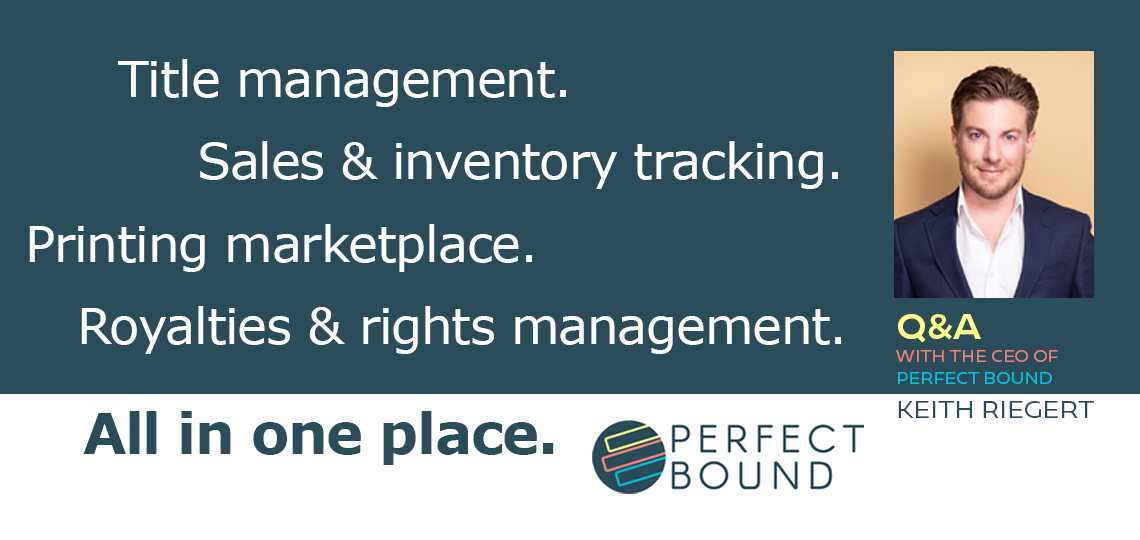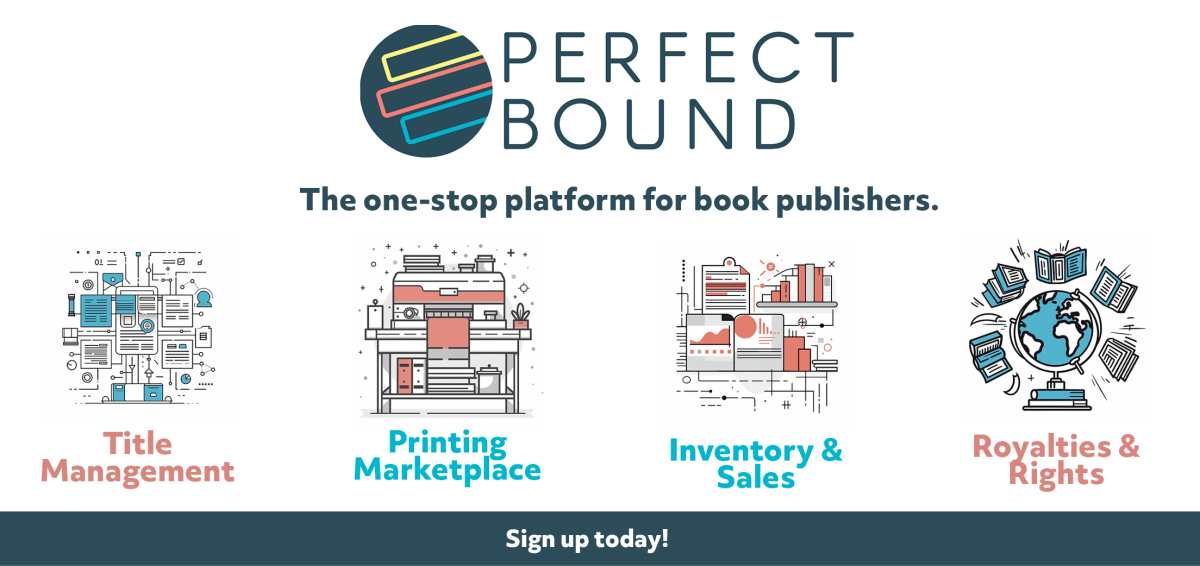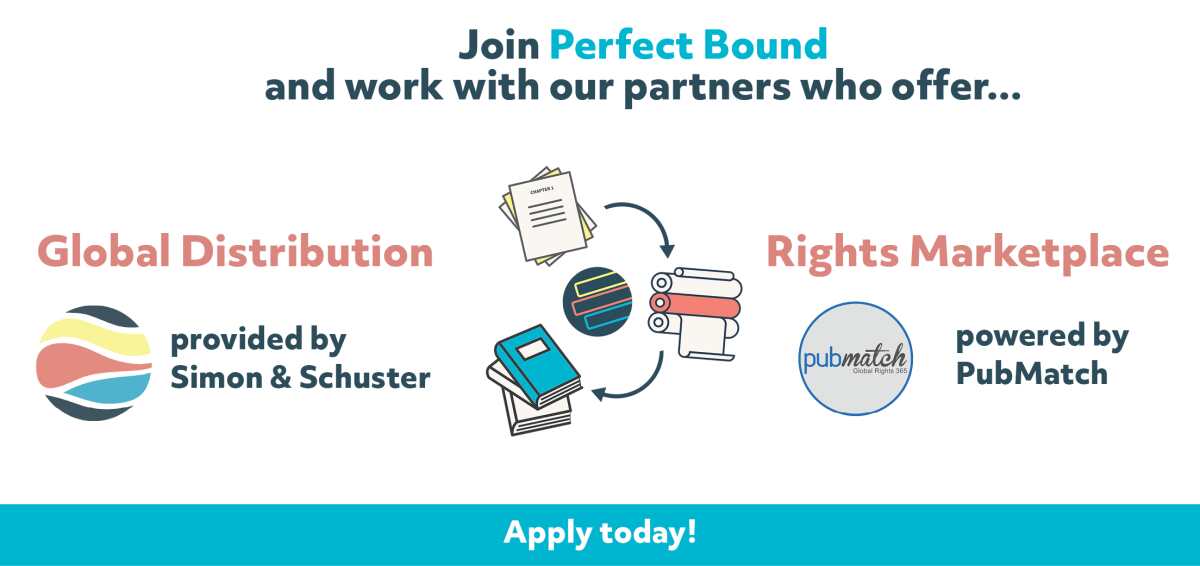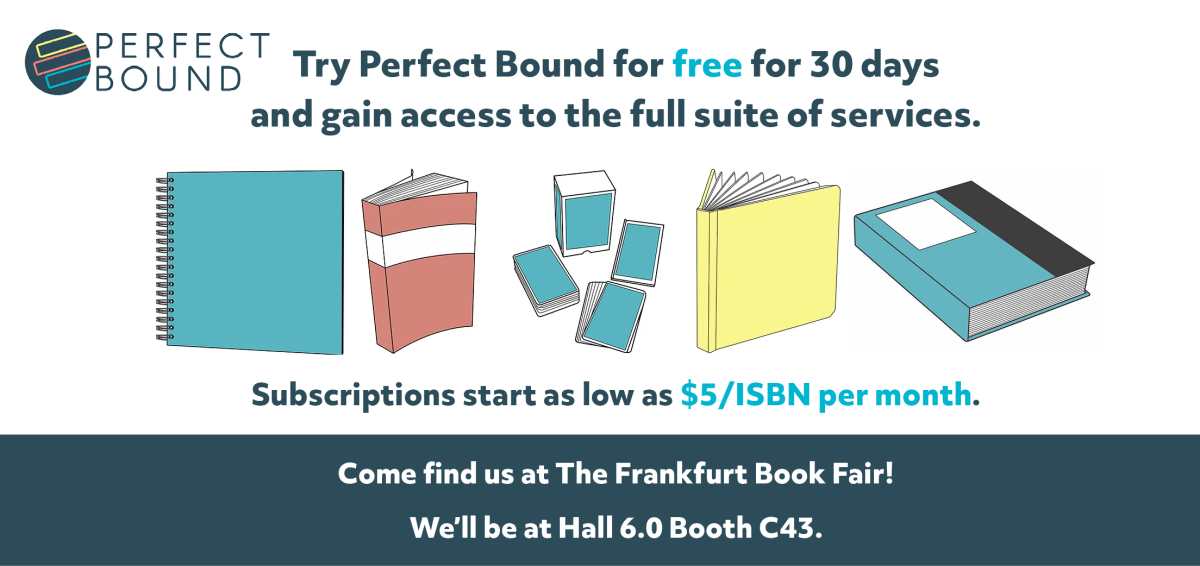Meet Keith Riegert from Perfect Bound, the one-stop platform for book publishers

Bound for Success: A Conversation with Keith Riegert, CEO of Perfect Bound
The challenges facing indie publishers are enough to intimidate even the most upbeat business owner. Not only is there competition with thousands of other book publishers—including behemoth corporations with economy-of-scale advantages like Penguin Random House and HarperCollins—but behind the scenes, book publishing in the AI era requires a daunting number of skills and automated systems: from building relationships with printers and distributors to sales and inventory tracking to managing royalties and foreign rights. Indeed, the odds are stacked against any independent press.
Keith Riegert and Alyson Forbes, two forward-thinking publishing executives, decided to do something about it. During the dark days of the Covid pandemic, when printing and supply chain issues were at their worst, they brainstormed plans for a virtual marketplace that now allows 175 small- to medium-sized publishers to solicit printing bids from 60 printers around the world, in addition to a suite of other services. That company is Perfect Bound.
In advance of this year’s Frankfurt Book Fair where Perfect Bound will host an exhibit booth, Foreword’s Executive Editor Matt Sutherland connected with Keith to talk about the many ways the Perfect Bound platform is helping publishers build efficiency into their operations.
Will you give us a “state of the industry,” 10,000-foot level perspective on book publishing at the end of 2024, especially as it relates to the opportunities and challenges facing independent publishers?
I’m very bullish about the long-term future of publishing as we wrap up 2024. The printed book holds a unique advantage over just about every other form of media—it’s analog entertainment and offers our customers a complete break from their various screens. I think that makes print a luxury, and the perceived value of the ritual of reading will continue to grow if we handle it right as an industry. That said, the past few years have been a roller coaster coming out of the pandemic. Retailers are only now untangling themselves from Covid inventory issues and are rebuilding forecasting models that were severely skewed by the rapid changes in customer behavior.
Please talk about the genesis of Perfect Bound, In other words, what did you recognize as being the right environment for a two-sided book printing marketplace?
During the pandemic, Alyson Forbes (Publisher/COO of Catapult Books) and I were both getting hit with supply chain issues, rising unit costs, and the general lack of printer capacity. As independent publishers, our typical strategy was to always send quote requests to a few printers we knew and hoped for the best. The pandemic showed just how fragile that approach was. So, instead, we sought to build a two-sided marketplace that would transform how all independent publishers approached manufacturing—giving them economies of scale similar to large corporate publishers and giving printers with spare capacity the opportunity to maximize their operations simultaneously. On Perfect Bound, publishers can send out quotes to printers with just one click, receive bids within 48 hours, and compare quotes across multiple printers. We feel we have successfully changed the printing process and reduced many frictions making it inefficient. Today, Perfect Bound has over 175 publishers on the platform with a global network of 60 printers on six continents.
In addition to helping publishers work with printers around the world, what other services does the Perfect Bound platform offer small independent publishers?
Our goal is to revolutionize how small and mid-sized publishers operate by streamlining their entire publishing process. Instead of publishers relying on a mix of spreadsheets and software subscriptions to run their business operations, Perfect Bound seeks to offer a complete suite of services on our platform, making it the one platform you log into in the morning to run your publishing house.
So in addition to the global printing marketplace, publishers can now control their title metadata through our title management system; receive automated inventory and sales reports to track revenue in real time; and send accurate royalty statements and pay contributors on time.
Our partners have been invaluable as we continue to grow and offer more services. We partnered with the Vimbly Group in 2023 to build out our innovative SaaS tech stack that is intuitive and user-friendly. We are working with Jon Malinowski and PubMatch to help publishers market and sell subsidiary rights around the world. And now we offer distribution services provided by Simon & Schuster to any publisher on the platform. We want to lower the barrier of entry for smaller publishers to access traditional global distribution and the types of software solutions that are generally out of reach financially.
Your parents founded Ulysses Press, the company you now serve as CEO. But years earlier, you spent time working for a large corporate book publisher. How does that experience affect your publishing outlook and Perfect Bound?
I am very fortunate to have had a wide range of experiences in the industry. At Hachette, I sat on the centralized marketing strategy team and saw what works and what doesn’t in an organization with massive economies of scale. I brought many of those lessons back to Ulysses when I returned as publisher in 2019. As we worked through the long process of modernizing Ulysses, I gained a lot of insight into what the pain points are for independent publishers and how we can recreate the technological efficiencies of the Big 5 for the indie world. I felt that printing was the natural place to start. Without having the market powers of a large corporate publisher, we need to be able to seek out new solutions creatively.
Put on your futurist’s hat for a moment: how should small publishers approach the next few years of publishing?
I think the themes of the next few years will be: accountability, AI, audio, and awareness. Regarding accountability, I believe EUDR and future carbon regulations will shake up the supply chains throughout the industry. Small publishers should prepare to shore up their printer relationships and understand what effective compliance will look like in order to sell books globally.
Next, AI will usher in profound changes to how we work in this business. Two years from now, I expect everyone on your team to have a highly capable AI assistant that takes on a lot of the workload for everyone from acquisitions editors and production managers to CEOs. That will mean the opportunity to build highly efficient publishing houses—and, unfortunately, a further decrease in available jobs. The best thing publishers can do now is pay close attention to how quickly AI is changing and prepare to take advantage of the tools that are out and on the horizon. If you’re licking your chops at the growth of audiobooks, my suggestion is to tread carefully.
Audio has boomed over the past few years, and Spotify’s entrance has led to a booming market. But two things worry me: the market could saturate quickly (just look at how crowded the podcast market has become) and the potential wide adoption of synthetic narration would quickly erode the list price of audiobooks. Taken together, they may make audio a lot less attractive in future years.
Finally, publishers need to focus on how they will foster awareness for their titles and develop new strategies for packaging, placement, publicity, and marketing. The many tools that have been in our toolboxes for decades (think, an end cap at a chain, author appearance on the Today Show, New York Times review, or social media ad strategy) are rapidly changing in value and effectiveness. You need to put a lot of thought and creativity into how you will make retailers want to carry your title and customers aware of it and want to buy it. To say it is not getting easier is an understatement.
What’s going on with book printing technology that may benefit small book publishers?
I think the most exciting developments are happening in inkjet publishing and the rapid improvements in short print runs and print on demand. The gap between traditional offset and digital printing has shrunk quickly over the past decade, and we are approaching a market where publishers can seamlessly alternate between the two options. If the trend continues and printers can standardize and optimize the digital process, it’ll open up massive efficiency for publishers by allowing us to control inventory and minimize waste while getting more cost effective every year.
Matt Sutherland



